Monticello
Home of America's Greatest Genius
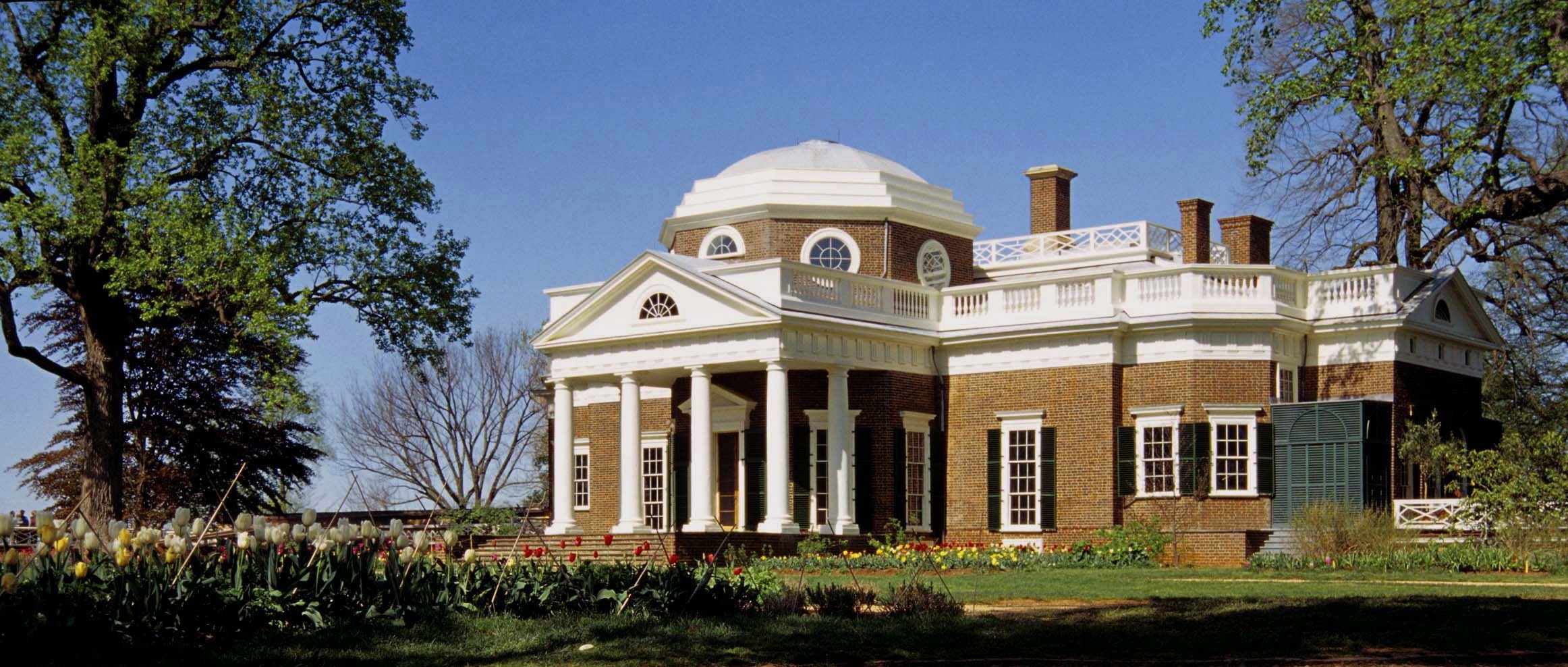
| Route 66 | Cities | Beaches |
|
Monticello Home of America's Greatest Genius |
 |
Ash Lawn |
Jamestown |
Monticello |
Mount Vernon |
Williamsburg | Yorktown |
| 240 years later, the brilliance of Thomas Jefferson continues to fascinate both scholars and the general public. It wasn't that he was so outstanding at what he did and made such lasting contributions. What is so amazing is that he was outstanding in several widely different fields. Had he specialized in any one field, he would be remembered for his contributions to Political Science, Gardening, Architecture, Forestry, Astronomy, Physics, etc., etc. But he spent a lifetime dabbling in all of them, and kept introducing new ideas in every one right up until his death. Monticello, his beloved mountaintop estate, displays all of Jefferson's genius. Anyone with a love of history or just a love of America can easily spend a full day here, and you can keep returning because the list of lectures, workshops, demonstrations and tours keeps changing. Monticello is a United Nations World Heritage Site. The current plantation is smaller than the one Jefferson maintained because over time his heirs sold off parcels to pay debts. But the Thomas Jefferson Foundation is now buying back those parcels as they become available. They tear down buildings, remove roads and return the landscape to the way it was when Jefferson lived here. | 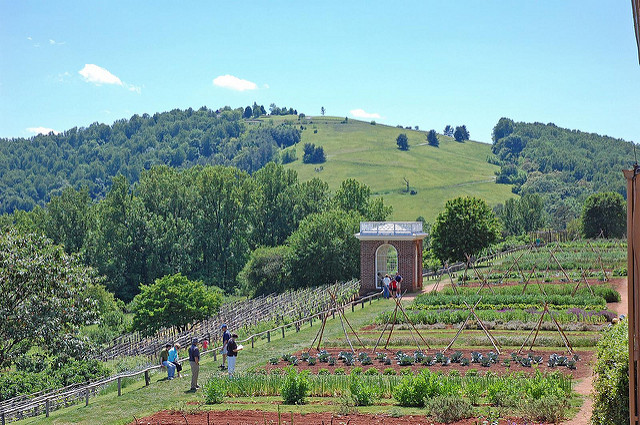 |
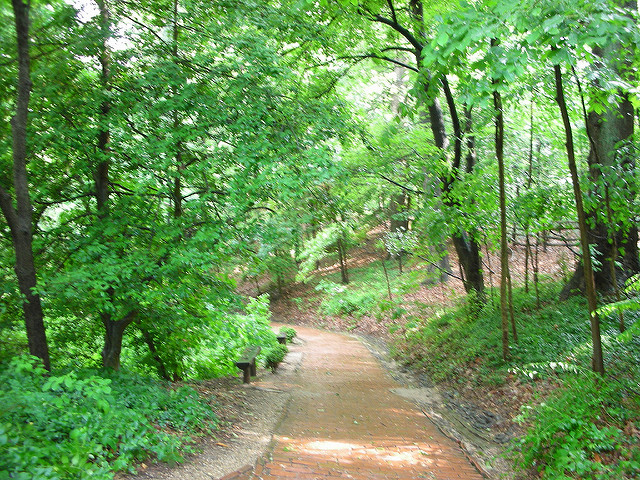 |
In addition to the actual home, you have a whole mountain to explore here. There are paths and trails winding through gardens, forest, fields and lawns. Jefferson kept over 100 slaves to help maintain this empire, which was a very prosperous farm both before, during and after the American Revolution and his Presidency. Jefferson saw himself as a Botanist, Gardener and Forester, and he introduced as many different trees and plants to the mountain as the climate would allow. Today, the descendants of those original plants make Monticello a sort of historical arboretum, where interested visitors can wander around all day examining the different species. Jefferson's great pride was his vegetable garden, shown in the photo above. He experimented with various techniques and introduced or refined over a hundred new ideas which are still used today by backyard gardeners. Jefferson used raised beds, composting, vertical gardening, crop rotation, biological controls, companion planting, etc., etc. He was a legitimate scientist, running controlled experiments, keeping meticulous records, using statistical methodology and publishing his results, mostly in French journals since America was not yet that advanced. In addition to his creative enjoyment and scientific work, Jefferson's garden supplied him, his family and his slaves with food year round and provided enough surplus to generate a considerable profit. |
| Jefferson inherited Monticello. His father lived in this house. Jefferson lived here while he designed and built the iconic house we admire today. After it was finished and Jefferson and his family moved in, this building was used for kitchens, food storage, wine making, and apartments for his domestic slaves. This caused some resentment. Nowhere else did domestic (house) slaves live in such fine quarters. Neighbors thought Jefferson was creating expectations among slaves that all owners should provide such facilities, and, since no one else did, would contribute to slave dissatisfaction. Jefferson dismissed such objections. He had an awkward relationship with slavery. He really did not believe in it and said many times he would have freed all his slaves if he could afford to run the plantation without them. Since he could not, he kept them, but always treated them more as equals than inferiors. He took slaves with him on his frequent trips to France, shared the bounty of the plantation with them, maintained a slave cemetery, gave them Sundays and holidays off, and made sure they received proper medical care if they were injured or became ill. He also fathered several children with slave Sally Hemmings, and today the annual reunion of Jefferson descendants includes that side of the family tree. | 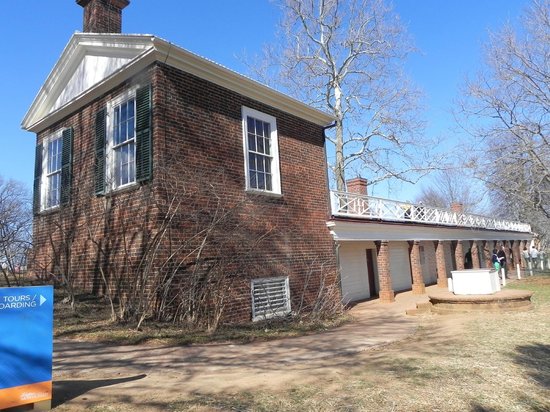 |
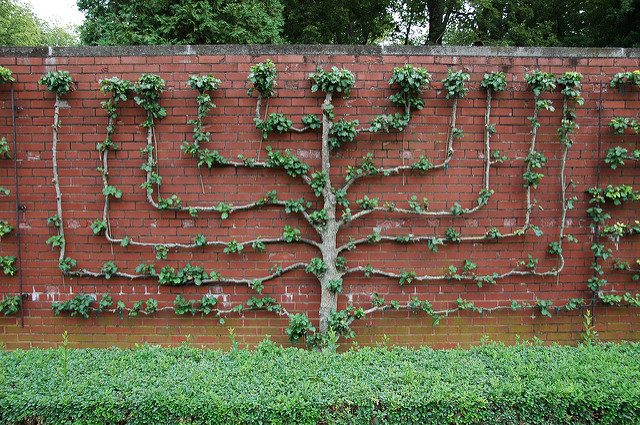 |
Thomas Jefferson often travelled to France. In addition to his diplomatic duties on behalf of the U.S. government, he visited with French astronomers, physicists, philosophers, architects and botanists. He would bring ideas home from France and try them at Monticello, modifying them and testing various versions. One of these ideas was French Pruning. The French grew trees against walls, ruthlessly trimming all branches except for the ones they wanted and bending those to fit their desired patterns. Jefferson experimented with this process, and today at Monticello several dozen trees are still pruned this way. Tomatoes, Grapes, Squash and Melons are also done like this. Since you reduce the number of branches, you reduce the number of fruits, tomatoes, or whatever, but the ones you do get are bigger and sweeter. Jefferson continued experimenting with this strategy for years but was never able to decide if he liked it better than free growing trees and plants. |
| The house Jefferson built is filled with eccentric ideas he had on architecture and science. This bed, build into the wall between the bedroom and parlor, is one of them. Jefferson loved this bed, slept in it his entire adult life, and died in it. Jefferson designed and built an alarm clock. He had various pulleys and levers to close and open windows, lock and unlock doors, draw and open curtains, adjust the temperature, and perform many other functions. Built in miniature elevators hauled laundry, food, wine and firewood up from the basement. Jefferson had his telescopes, globes, thermometers, barometers, easels and other devices located conveniently in the house. The walls were built particularly thick to keep the house warm during the bitter Virginia mountain Winters and cool during the hot, humid Summers. | 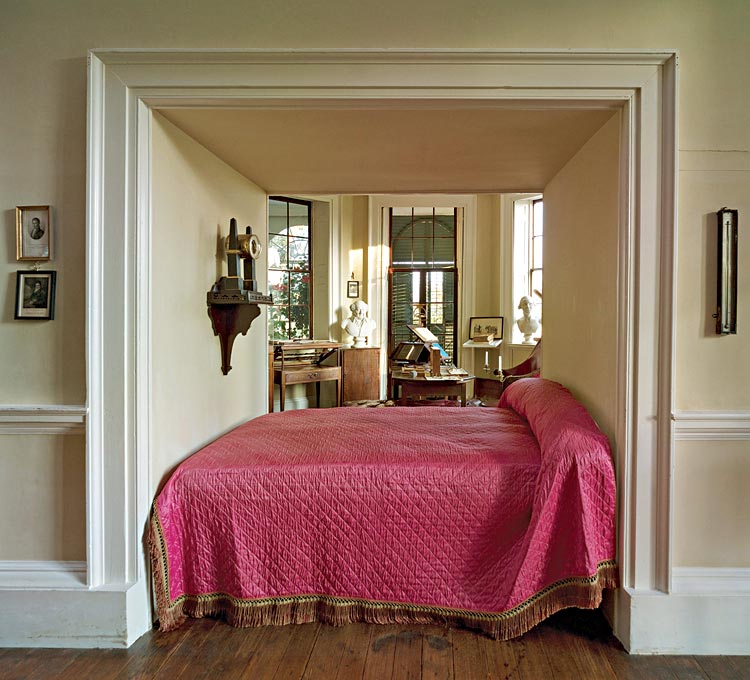 |
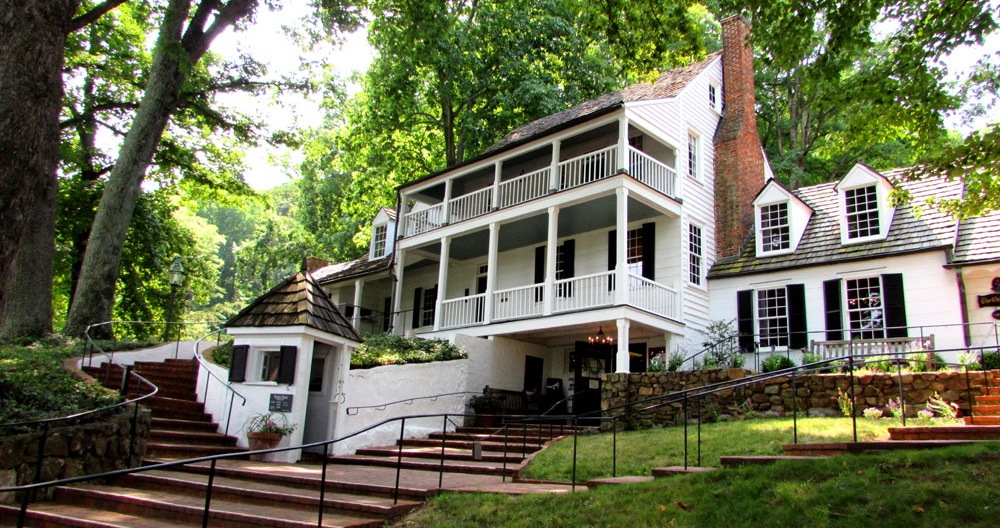 |
As you leave Monticello, you also have to stop at the base of the mountain at historic Michie Tavern. This 1784 inn and stagecoach stop still serves colonial food. They serve lunch only, and are open 11:30 - 3:30. You can order the buffet, or from the menu. Their famous entrees are Baked Chicken, Hickory Smoked Pulled Pork BBQ, and a Vegetable Platter. The Black Eyed Peas, Green Beans, Beets, Cole Slaw and Cornbread will be among the best you've ever tasted. Save room for Peach Cobbler. It's another classic which will probably be the best version of this you've ever tasted. Then there are two items visitors disagree on. The Biscuits are hard baked just as they were in Thomas Jefferson's day. The Stewed Tomatoes are made with Molasses., Half the population plans return trips just to order more of these, and the other half really don't like them. After your meal, there are several shops to check out offering colonial era toys, utensils and clothing. |
| If you're a couple staying overnight in the area, we recommend The Inn at Monticello, a Bed & Breakfast right at the base of the mountain. They offer five rooms with fireplaces, porches and private baths, furnished with colonial antiques. Two rooms have poster beds. There's a fine gourmet breakfast served every morning at 8:30 a.m ; tea, coffee and cookies each afternoon; and wine at night. The grounds include a creek, gardens and a lawn, and you're at the edge of the forest. Deer and other animals wander across the lawn at dawn and dusk. Three season room rates are $210 a night. | 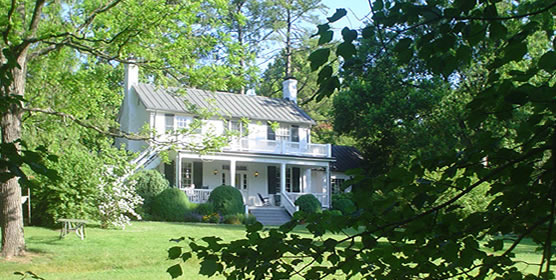 |
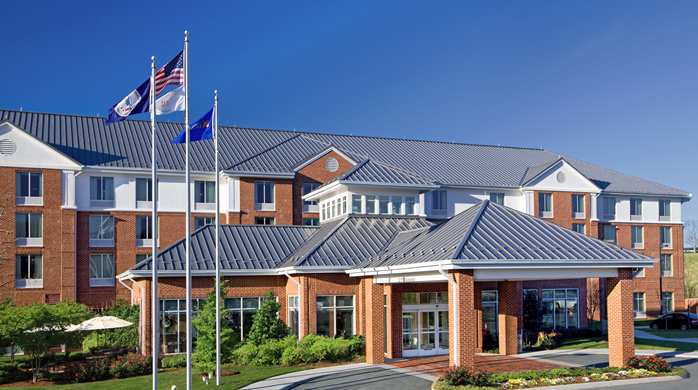 |
However, if you don't like Bed & Breakfast lodging, or you want to save a little money, the Hilton Garden Inn is just off I-64 only five miles from Monticello. There's a very nice restaurant, fitness center and indoor pool. Rooms are classy. From many windows you have a direct view up to Monticello. Rates begin at $150 a night. |
|
|||
|